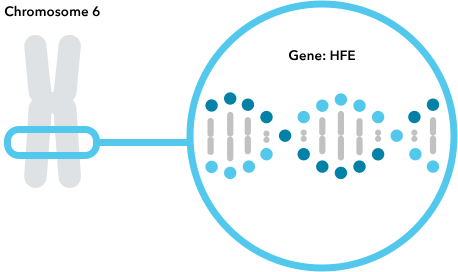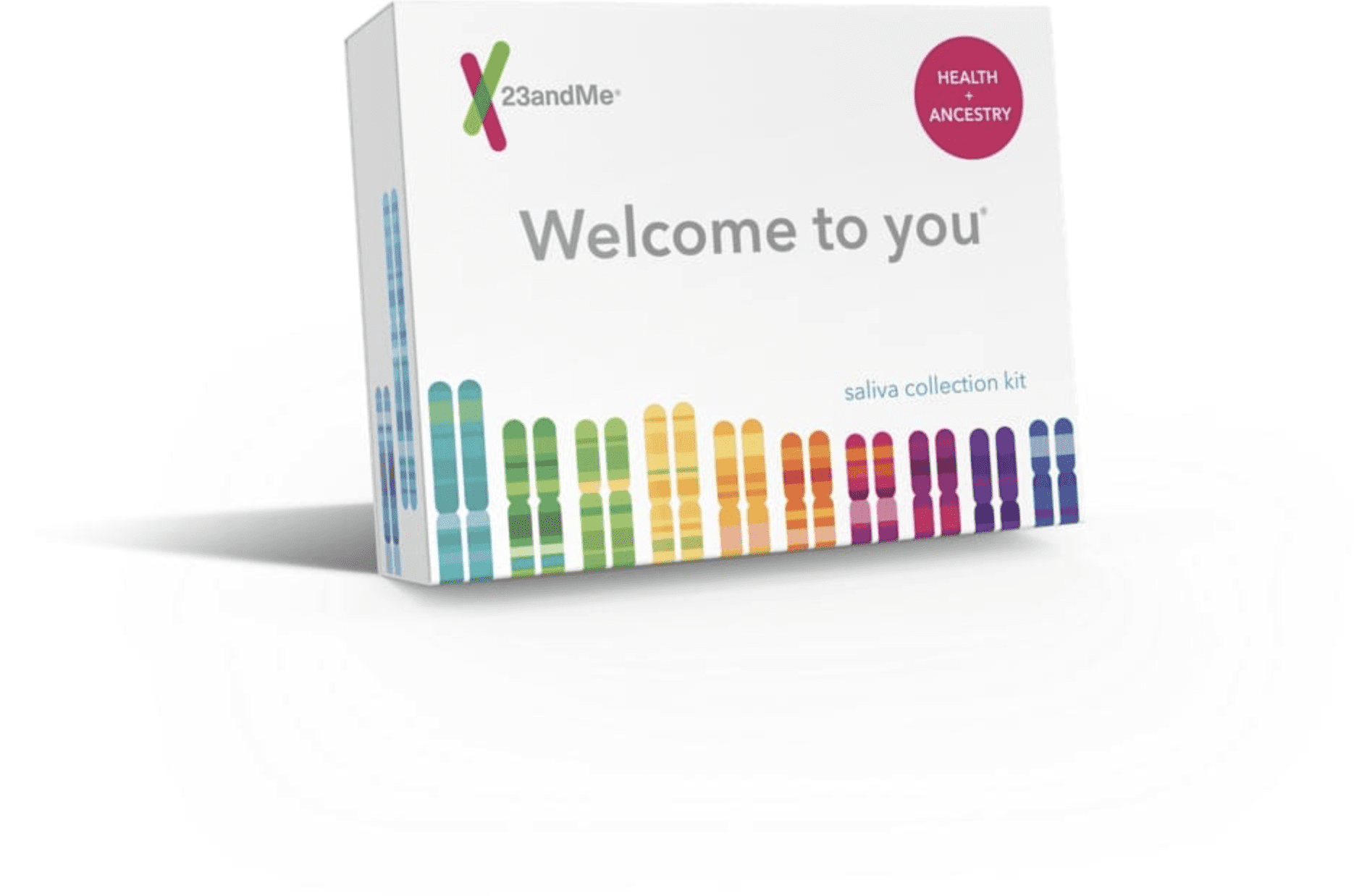Is Hereditary Hemochromatosis Genetic?Explore Hereditary Hemochromatosis and what your DNA can tell you
What is hereditary hemochromatosis?
Hemochromatosis is a condition in which the body absorbs too much iron. Iron is essential for red blood cells to be able to carry oxygen throughout the body. However, the levels of iron in the body must be kept in balance, because too much iron can be harmful. As iron builds up in the body over time, it may lead to a condition called iron overload. This can cause damage to the joints and certain organs, including the liver, skin, heart, and pancreas.
Hemochromatosis can be caused by genetics, also known as hereditary hemochromatosis, or can be acquired over a person’s lifetime due to non-genetic factors, such as blood transfusions or overuse of iron supplements.
Is hereditary hemochromatosis genetic?
Yes. Hereditary hemochromatosis is a genetic condition. Most cases of hereditary hemochromatosis are due to variants in the HFE gene, although variants in other genes have also been found.

Hereditary hemochromatosis affects many people
Hereditary hemochromatosis is one of the most common genetic diseases in the U.S. It is estimated that about 1 million people in the U.S. are affected by hereditary hemochromatosis.
Early detection is important
Diagnosing and treating hemochromatosis early can help people maintain a normal life expectancy. Consult with a healthcare professional before making any major lifestyle changes.
Find out if your genetics might increase your likelihood of developing Hereditary Hemochromatosis
Want to learn more? You can find out whether you may have an increased risk of developing iron overload based on your genetics through the 23andMe Hereditary Hemochromatosis (HFE-Related) Genetic Health Risk report*. This report looks for the two most common genetic variants, both in the HFE gene, that are linked to hereditary hemochromatosis. You can get this report and more in the 23andMe Health + Ancestry Service.

Health + Ancestry Service
*The 23andMe PGS test uses qualitative genotyping to detect select clinically relevant variants in the genomic DNA of adults from saliva for the purpose of reporting and interpreting genetic health risks. It is not intended to diagnose any disease. Your ethnicity may affect the relevance of each report and how your genetic health risk results are interpreted. Each genetic health risk report describes if a person has variants associated with a higher risk of developing a disease, but does not describe a person’s overall risk of developing the disease. The test is not intended to tell you anything about your current state of health, or to be used to make medical decisions, including whether or not you should take a medication, how much of a medication you should take, or determine any treatment. The Hereditary Hemochromatosis (HFE‑Related) genetic health risk report is indicated for reporting of the C282Y and H63D variants in the HFE gene and describes if a person has variants associated with an increased risk of developing iron overload related to hereditary hemochromatosis. The variants included in this report are best studied in people of European descent.
References
Barton et al. (2000). “HFE Hemochromatosis.” [Accessed Oct 11, 2021].
MedlinePlus. “HFE.” Retrieved Dec 5, 2022 from https://medlineplus.gov/genetics/gene/hfe/#conditions